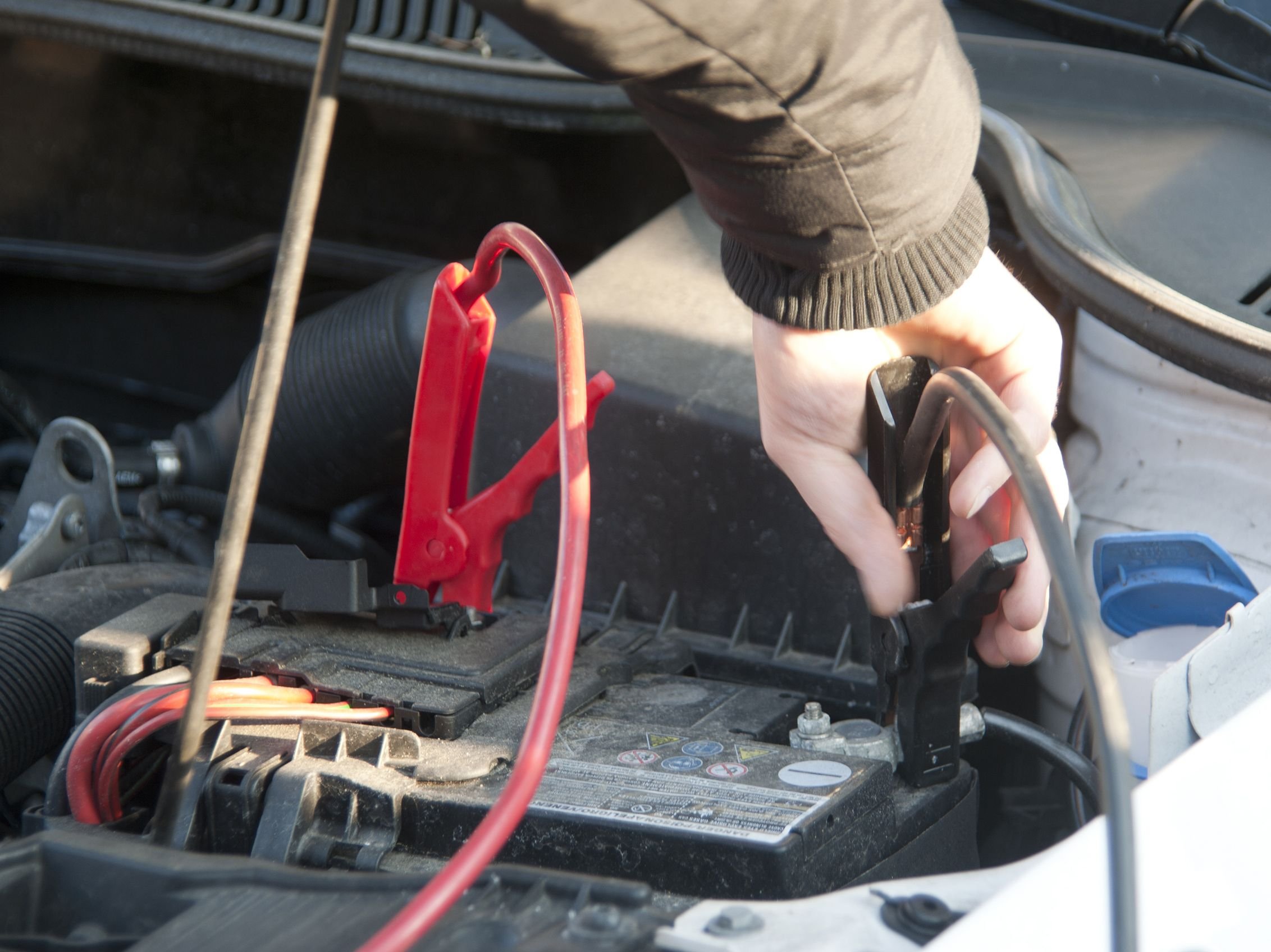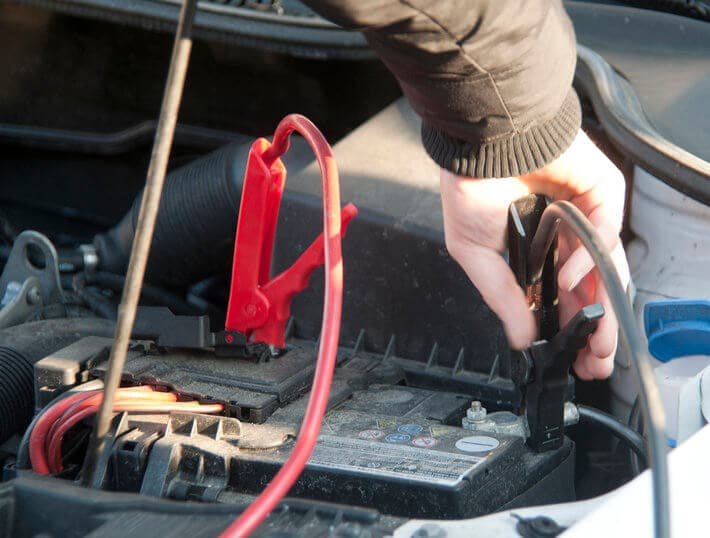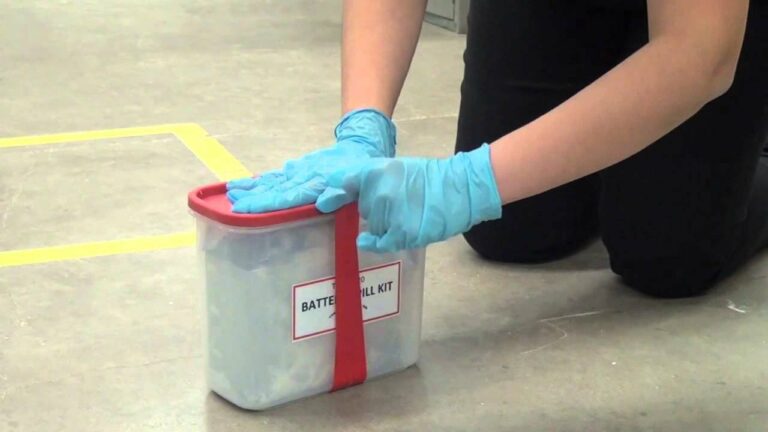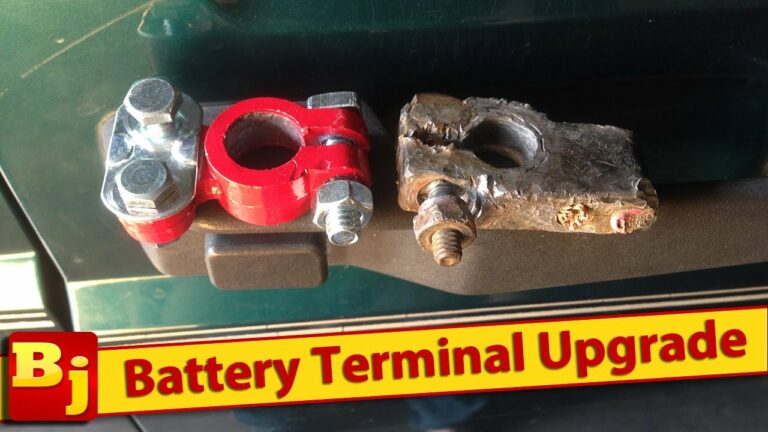Ultimate Guide: How To Charge A Car Battery
Today we discuss How To Charge A Car Battery. Do you need a quick solution on how to charge a car battery? Look no further! Charging a car battery is a simple process that can be easily accomplished with a few steps.
Whether you’re a novice or a seasoned driver, this guide will provide you with the necessary knowledge to get your car up and running in no time. From gathering the right tools to connecting the cables correctly, we’ll walk you through each step to ensure a smooth charging experience. So, let’s dive in and find out how to charge a car battery effectively!
How to Charge a Car Battery:
Understanding Car Batteries:
Car batteries are an essential component of your vehicle’s electrical system, providing the necessary power to start the engine and operate various accessories. To effectively charge a car battery, it’s important to first understand its basic functioning and components.
Battery Composition and Types:
Car batteries typically consist of lead-acid cells that produce electrical energy through a chemical reaction. There are different types of car batteries available, including:
- Wet-cell or flooded batteries
- AGM (Absorbent Glass Mat) batteries
- Gel batteries
Each type has its unique characteristics and maintenance requirements, so it’s important to identify the type of battery in your vehicle before proceeding with the charging process.
Battery Capacity and Voltage:
Car batteries are rated by their capacity, typically measured in ampere-hours (Ah). This rating indicates the amount of charge the battery can deliver over a specific period. The voltage of a typical car battery is around 12 volts, but it can vary depending on the state of charge and the type of battery.
Signs Your Car Battery Needs Charging:
Before diving into the charging process, it’s important to identify the signs that indicate your car battery requires charging. This will help you diagnose any potential issues before they escalate. Here are some common signs:
1. Dim Headlights
If you notice that your headlights appear dimmer than usual, it could be a sign of a weak battery. This indicates that the battery is not supplying sufficient power to the lighting system.
2. Slow Engine Crank
A slow cranking sound when starting your engine is another indicator of a weak battery. If the engine takes longer to start or struggles to turn over, the battery likely needs charging.
3. Electrical Malfunctions
Frequent electrical malfunctions, such as issues with power windows, radio, or dashboard lights, can also point toward a battery that needs charging.
Preparing for Battery Charging:
Before charging your car battery, it’s crucial to take certain precautions and gather the necessary tools for a safe and successful charging process.
1. Safety Precautions
When working with car batteries, follow these safety precautions:
- Ensure you are in a well-ventilated area to avoid inhaling potentially harmful gases released during charging.
- Wear protective gloves and safety glasses to protect yourself from any corrosive substances.
- Avoid smoking or using open flames near the battery, as it contains flammable substances.
2. Required Tools
To charge your car battery, you will need the following tools:
- A battery charger compatible with your battery type.
- A pair of adjustable wrenches or pliers to disconnect and reconnect the battery terminals.
- A wire brush or battery terminal cleaner to remove any corrosion.
- A battery voltage tester to check the state of charge.
Steps to Charge a Car Battery:
Now that you have the necessary knowledge and tools, let’s explore the step-by-step process of charging a car battery.
Step 1: Locate the Battery
Most car batteries are located under the hood, but some vehicles have their batteries in the trunk or under the rear seat. Consult your vehicle’s manual to find the exact location of the battery.
Step 2: Safety Precautions
Take the necessary safety precautions outlined in section 3.1 before proceeding with battery charging.
Step 3: Disconnecting the Battery
Use adjustable wrenches or pliers to loosen and remove the negative (black) battery terminal connector first, followed by the positive (red) terminal connector. Remove any protective covers or caps from the terminals if present.
Step 4: Inspecting the Battery
Carefully inspect the battery for any signs of damage, leaks, or excessive corrosion. If you notice any issues, it’s recommended to consult a professional for further assistance.
Step 5: Cleaning the Battery Terminals
Use a wire brush or battery terminal cleaner to remove any corrosion or dirt present on the battery terminals. Ensure that the terminals are clean and free from any obstructions.
Step 6: Connecting the Battery Charger
Refer to the manufacturer’s instructions for your specific battery charger model. Generally, you will need to connect the positive (red) charger clamp to the positive battery terminal and the negative (black) clamp to the negative terminal.
Step 7: Setting the Charging Parameters
Adjust the charging parameters on your battery charger as per the manufacturer’s instructions and the requirements of your specific battery type. This includes selecting the appropriate charging voltage and charge rate.
Step 8: Initiating the Charging Process
Once the charger is properly connected and the parameters are set, start the charging process by flipping the power switch or pressing the start button on the charger. Ensure that the charger remains connected to a power source throughout the charging process.
Step 9: Monitoring the Charging Process
Regularly monitor the battery charger to ensure it is functioning properly and that the charging process is progressing. Avoid leaving the charger unattended for extended periods.
Step 10: Disconnecting and Reconnecting the Battery
Once the battery has reached an adequate state of charge, turn off the charger and disconnect it from the power source. Disconnect the charger clamps in the reverse order of connection, starting with the positive (red) clamp and then the negative (black) clamp. Ensure the clamps are securely tightened onto the battery terminals.
Post-Charging Considerations:
After successfully charging your car battery, there are a few additional considerations to keep in mind.
Battery Testing:
Use a battery voltage tester to check the state of charge after charging. Ensure that the battery voltage is within the recommended range for your specific battery type and vehicle.
Battery Maintenance:
Regularly inspect and clean your car battery to prevent corrosion and ensure optimal performance. Keep the battery terminals clean and tight, and check for any signs of damage or leaks.
Charging Frequency:
If you find yourself needing to charge your car battery frequently, it may indicate an underlying issue with your vehicle’s electrical system. In such cases, it’s best to consult a professional mechanic to diagnose and resolve the problem.
How to Charge Your Car Battery
Faqs for How To Charge A Car Battery:
Yes, it is possible to charge a car battery without removing it from the vehicle. However, you should exercise caution and follow safety procedures.
Ensure the engine is off and the car is parked in a well-ventilated area. Connect the charger to the battery terminals, following the manufacturer’s instructions.
Be careful not to touch the clamps together or allow them to touch any other metal surface. Once connected, set the charger to the appropriate voltage and amperage and begin the charging process.
The time it takes to charge a car battery can vary depending on various factors, such as the battery’s capacity, the charger’s amperage, and the level of the battery’s depletion. Generally, it can take several hours to fully charge a car battery. However, some chargers offer a quick-charge option that can replenish the battery in a shorter amount of time, typically within an hour.
No, jump-starting a car is not intended to charge a battery. Jump-starting provides a temporary boost of power from another vehicle to start the engine. It does not provide a continuous charge to the battery. For proper charging, you should use a battery charger connected to a power source.
While using a higher amperage charger may charge your car battery faster, it can also cause damage and decrease the battery’s lifespan if not done correctly. It is best to follow the manufacturer’s guidelines and use a charger specifically designed for your battery’s recommended amperage. Using a charger with too high of an amperage can generate excessive heat and potentially lead to battery failure. It is important to use the appropriate charger to ensure safe and efficient charging.
When charging a car battery, it is essential to follow safety precautions. Wear safety goggles and gloves to protect yourself from any potential sparks or battery acid. Ensure the charger is unplugged before connecting or disconnecting it from the battery. Avoid smoking or using open flames near the battery. Charge the battery in a well-ventilated area to prevent the accumulation of potentially explosive gases. Finally, carefully read and follow the instructions provided with your specific battery charger.
It is generally not recommended to leave a car battery charging overnight. Overcharging can lead to damage or reduced battery life. It is important to monitor the charging progress and disconnect the charger once the battery is fully charged. If you need to charge your battery overnight, consider using a charger with an automatic shut-off feature that stops charging when the battery reaches full capacity.
Final Thoughts
In conclusion, knowing how to charge a car battery is essential for every car owner. By understanding the steps involved and following proper safety precautions, one can easily maintain a charged battery. Remember to locate the battery, connect the charger correctly, and allow sufficient time for the charging process. Regularly checking the battery’s health and charging it when needed can prolong its lifespan and avoid unexpected breakdowns. So, whether it’s for routine maintenance or in emergency situations, having the knowledge to charge a car battery is a valuable skill for every driver.






